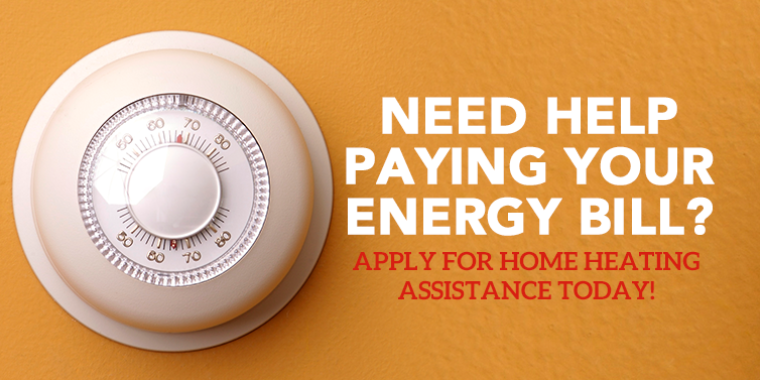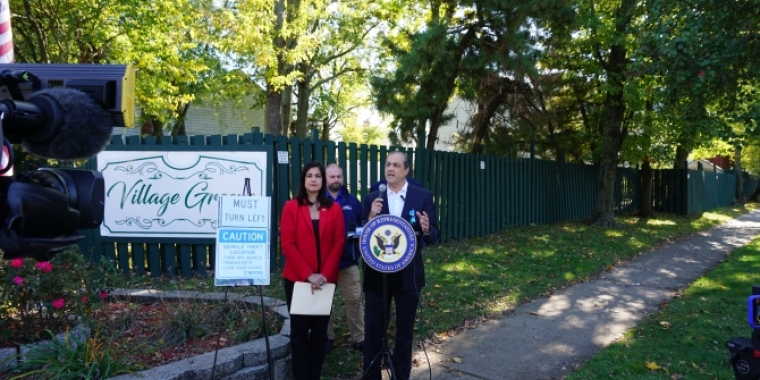
Learn About the Best Ways to Reduce the Risks of Lead Exposure from Household Plumbing
Andrew J Lanza
November 5, 2010
Environmental Protection Department and Health Department Launch Run Your Tap Public Service Campaign
Campaign Helps City Residents Learn About the Best Ways to Reduce the Risks of Lead Exposure from Household Plumbing
Environmental Protection Commissioner Cas Holloway and Health Commissioner Thomas Farley today launched the Run Your Tap campaign, a public service campaign to educate city residents about simple precautions that can reduce potential exposure to lead from internal plumbing systems. While New York City’s drinking water in reservoirs and throughout the distribution system is virtually lead-free and of the highest quality, the campaign is in response to elevated lead levels found in tap water of some older homes that are known to have lead in their household plumbing. The City monitors lead levels in these residences and provides notifications to homeowners when elevated levels are found.
As part of the Federal Safe Drinking Water Act, DEP conducts tap water testing at a sample of homes in New York City known to have lead service lines or lead solder in pipes. The results of this year’s sampling show an increase in the number of samples above 15 parts per billion (ppb), the EPA standard for lead in water. This year’s test results show that 14% (30 samples) of 222 samples were elevated. Whenever more than 10% of the samples exceed 15 ppb, EPA requires public notification by the water supplier. New York City is not unique in experiencing this. Cities such as Boston, Washington D.C., Providence, and Portland, Oregon have all exceeded the action threshold in the past decade.
DEP is investigating the cause of this increase. Drinking water is rarely the primary cause of lead poisoning, but elevated lead levels in water can increase a person’s total lead exposure. Lead in tap water has declined since 1992, when DEP began anti-pipe corrosion water treatments. In addition, as in the rest of the country, childhood lead poisoning continues to decline as lead-paint hazards and other lead sources have been reduced. During the four-month sampling period (June – September 2010) when lead in water levels were slightly elevated, there was a 2.4% decline in the number of young children newly identified with elevated blood lead levels as compared with the same period in 2009.
The campaign highlights simple safety precautions that can significantly reduce lead exposure including:
Ø Running tap water until it is cold or for at least 30 seconds, until the water is noticeably colder, before drinking, cooking or making baby formula any time a faucet has not been used for several hours; and
Ø Using cold tap water for drinking, cooking and making baby formula even after the tap has been running.
Health Effects of Lead
Lead is a common metal found in the environment. In the past, lead has been used in pipes, plumbing fixtures and solder, paints, gasoline and other products. Lead may be found in air, water and soil from past uses of these products. Lead poisoning is a preventable health problem and young children are at greatest risk. Lead poisoning may cause learning and behavior problems as well as delays in growth and development in children. In New York City and across the country, peeling lead paint in homes is the primary cause of lead poisoning. Landlords must inspect and safely repair peeling paint if a young child lives at a residence. If a landlord doesn’t fix peeling paint, call 311. Children may also be exposed to lead from other sources including, imported consumer products, soil, and water.
Blood lead levels in children have been dropping precipitously over the past several years. Since 1995, there has been a 93% drop in the number of children with elevated blood lead levels from 19,232 cases in 1995 to 1,387 cases in 2009.
How Lead Enters Drinking Water
New York City’s drinking water is virtually lead free in the upstate reservoirs and throughout the distribution system. However, lead can enter tap water from solder, fixtures and pipes in the plumbing of some older buildings and homes. When water “sits” for several hours in lead service lines or pipes containing lead, some lead can be released into the water. As a result, the water first drawn from the tap in the morning, or later in the afternoon after returning from work or school, may contain high levels of lead. Regulations have been put in place to reduce the lead in plumbing, yet individual residences may still contain plumbing and fixtures with lead content if they were installed before these rules came into effect.
How the City is Reducing the Risks of Lead in Water
DEP maintains an active program to reduce the quantity of lead that dissolves into water, especially in private homes with lead or lead soldering in pipes. DEP carefully and continuously monitors and adjusts pH levels of water to a specific range that reduces the corrosiveness of the water and adds phosphoric acid—a common food preservative—to create a protective film on pipes that reduces the release of metals, such as lead, from household plumbing.
Protective Steps New Yorkers Can Take To Reduce the Risk of Exposure
Ø Run Your Tap
The simplest way to reduce the potential of exposure to lead is to let the water run from your tap to flush out any lead before using it for drinking, cooking or making baby formula any time the water in a faucet has stood several hours. Running the tap means running the cold water faucet for at least 30 seconds, until the water gets noticeably colder.
Running tap water is a simple and inexpensive measure you can take to protect your family’s health. It usually uses only a few gallons of water and, if done consistently, would cost roughly $1 per month. To help reduce these costs, you can also fill a couple of bottles for drinking water after running the tap the first time. Another way to conserve water is to use the first run of water for plants, household cleaning or for other purposes that do not involve cooking and drinking.
Ø Use Cold Water for Cooking
Always use cold water for cooking, drinking and making baby formula. Do not cook with or drink hot tap water, even if you boil it, because boiling does not reduce lead levels. Hot water can dissolve lead more quickly than cold water and your hot water heater may contribute more lead to your faucet. If you need to cook with hot water, draw cold tap water before heating it on the stove. Never use hot tap water to make infant formula or infant cereal.
In the event that someone is still concerned after following these safety precautions, call 311 to request a free lead testing kit from DEP.
To Learn More About the Health Effects of Lead
Ø Call 311 to request information from the NYC Health Department about the health effects of lead, causes of lead poisoning and how to have a child's blood tested for lead poisoning.
Ø Consult a health care provider to make sure children are tested for lead poisoning at ages 1 and 2 as required by New York State law. Also, talk to a provider about testing older children and pregnant women if they are at risk of lead exposure.
Share this Article or Press Release
Newsroom
Go to NewsroomCOVID-19 Small Business Tax Credit Program
December 6, 2022

HEAP & Heartshare Applications
December 1, 2022


